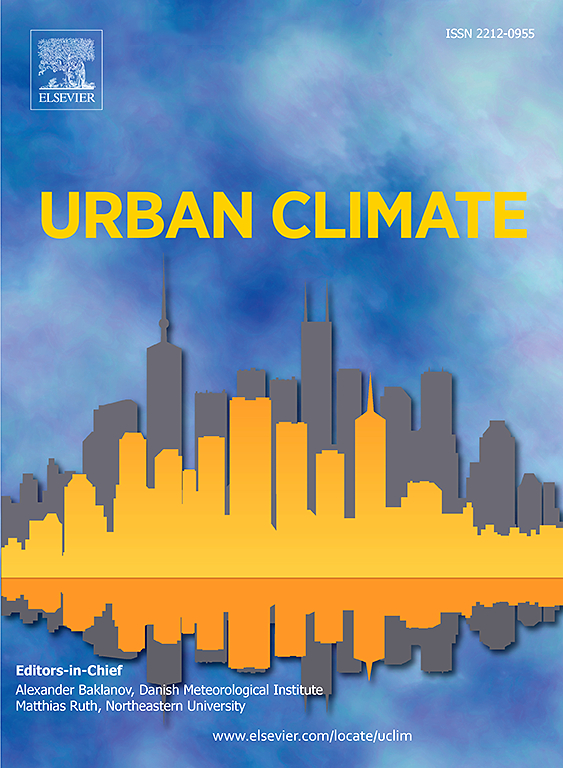烹饪过程中产生的与 PM2.5 结合的水溶性无机离子的特征
IF 6
2区 工程技术
Q1 ENVIRONMENTAL SCIENCES
引用次数: 0
摘要
商业烹饪是 PM2.5 的一个重要来源,会对空气质量产生不利影响,威胁人类健康。然而,很少有研究探讨商业烹饪对室外空气质量的影响。我们的目的是分析南开大学热门餐饮区商业烹饪在烹饪和非烹饪期间产生的室外 PM2.5 和离子的特征。根据阴离子和阳离子的等效值确定了大气 PM2.5 的酸度和碱度,根据离子浓度确定了已形成的化合物以及它们之间的相关性。结果显示,烹饪时段小吃街的 PM2.5 平均浓度为 120.39 ± 58.52 μg/m3,比对比点高约 1.4 倍。水溶性无机离子的总浓度约占两个采样点 PM2.5 排放量的一半。在两个采样点都发现了高浓度的 Na+、NO3- 和 SO42-。我们发现,NH4NO3、CaSO4 和 CaCl2 在小吃街形成,而 Ca(NO3)2、NH4NO3 和 (NH4)2SO4 则在对比点形成。根据我们对酸碱平衡斜率的分析,大气中的 PM2.5 呈碱性。这些结果阐明了烹饪过程中形成的与 PM2.5 结合的水溶性无机离子的特征。本文章由计算机程序翻译,如有差异,请以英文原文为准。
Characteristics of PM2.5-bound water-soluble inorganic ions generated during cooking
Commercial cooking is an important source of PM2.5, which adversely affects air quality, posing threats to human health. However, few studies have examined the effects of commercial cooking on outdoor air quality. We aimed to analyze characteristics of outdoor PM2.5 and ions from commercial cooking during cooking and non-cooking times in a popular restaurant area at Nankai University. The acidity and alkalinity of atmospheric PM2.5 based on the equivalent values of anions and cations and the formed compounds based on the ion concentrations and correlations between them were determined. The results showed that the mean PM2.5 concentration at the snack street during cooking times was 120.39 ± 58.52 μg/m3, approximately 1.4 times higher than at the comparison point. The total concentration of water-soluble inorganic ions accounted for approximately half of the PM2.5 emissions at both sampling points. High concentrations of Na+, NO3−, and SO42− were found at both sampling points. We found that NH4NO3, CaSO4, and CaCl2 formed at the snack street, whereas Ca(NO3)2, NH4NO3, and (NH4)2SO4 formed at the comparison point. Based on our analysis of the acid-base balance slopes, the atmospheric PM2.5 was alkaline. These results elucidate the characteristics of PM2.5-bound water-soluble inorganic ions formed during cooking.
求助全文
通过发布文献求助,成功后即可免费获取论文全文。
去求助
来源期刊

Urban Climate
Social Sciences-Urban Studies
CiteScore
9.70
自引率
9.40%
发文量
286
期刊介绍:
Urban Climate serves the scientific and decision making communities with the publication of research on theory, science and applications relevant to understanding urban climatic conditions and change in relation to their geography and to demographic, socioeconomic, institutional, technological and environmental dynamics and global change. Targeted towards both disciplinary and interdisciplinary audiences, this journal publishes original research papers, comprehensive review articles, book reviews, and short communications on topics including, but not limited to, the following:
Urban meteorology and climate[...]
Urban environmental pollution[...]
Adaptation to global change[...]
Urban economic and social issues[...]
Research Approaches[...]
 求助内容:
求助内容: 应助结果提醒方式:
应助结果提醒方式:


